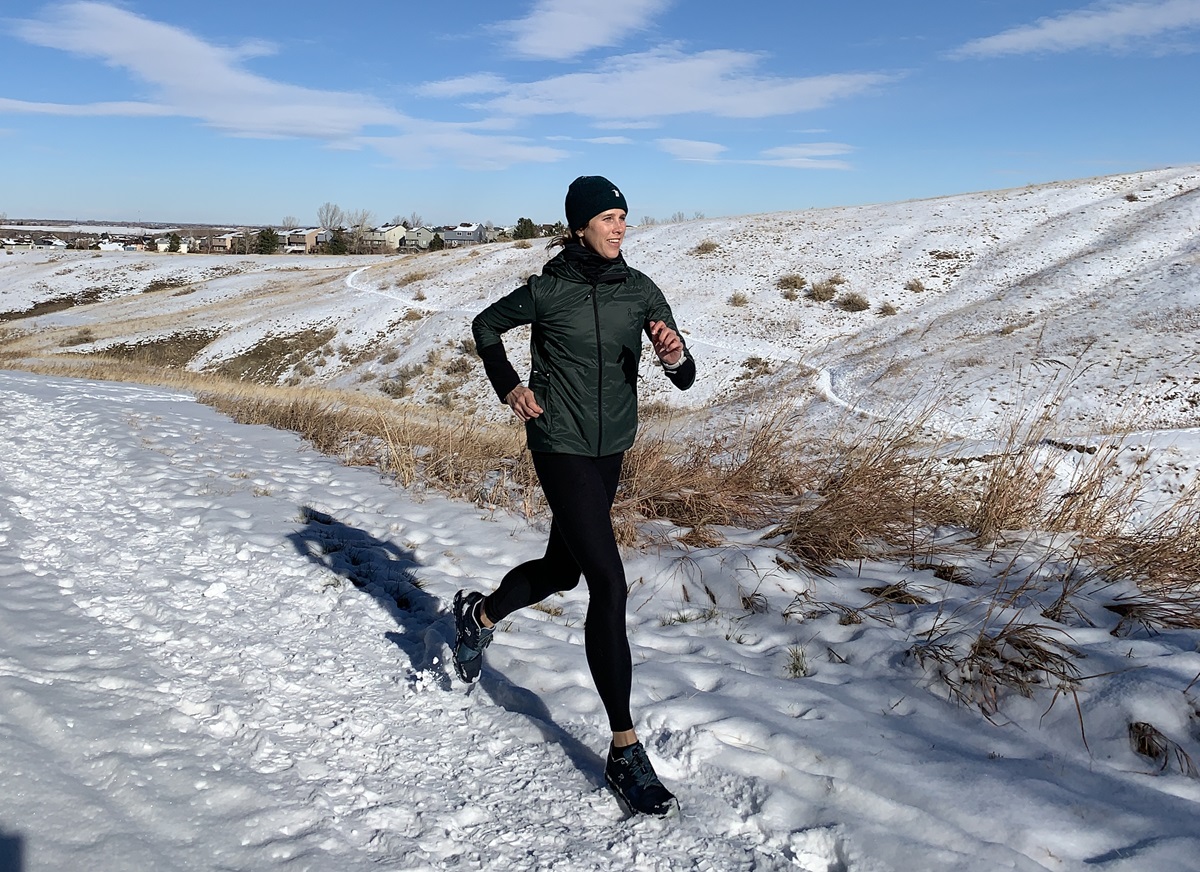Running On Ice Tips
For running on ice, wear proper traction gear, stay low to the ground for balance. Running on ice can be challenging due to slippery surfaces and potential hazards.
To ensure a safe and effective run, it is important to follow certain tips and precautions. By understanding the dynamics of running on ice and implementing the right techniques, you can minimize the risk of slipping or falling. We will discuss useful tips for running on ice and how to improve your performance in icy conditions.
Whether you are a seasoned runner or a beginner, these tips will help you navigate icy terrain with confidence.

Credit: www.runtothefinish.com
Choosing The Right Equipment
When it comes to running on ice, having the right equipment can make all the difference. Proper footwear and accessories can help improve stability, prevent slips, and keep you safe while running on icy surfaces.
The Importance Of Proper Footwear
Proper footwear is essential for running on ice. Look for shoes with a grippy outsole that provides traction on slippery surfaces. Consider investing in ice-specific running shoes with built-in spikes for added stability.
Socks And Accessories To Consider
Choosing the right socks is important when running on ice. Opt for moisture-wicking, thermal socks to keep your feet warm and dry. Additionally, consider using gaiters to keep snow out of your shoes and winter running traction devices to enhance grip.
Warming Up And Stretching
When it comes to running on ice, proper warm-up and stretching are crucial to prevent injuries and improve performance. A good warm-up gets the blood flowing and prepares your muscles for the icy terrain ahead. Stretching helps to increase flexibility and reduce the risk of strains and sprains.
The Benefits Of A Proper Warm-up
A proper warm-up increases blood flow, warms muscles, and enhances joint mobility. It primes your body for the challenges of running on ice, lowering the chances of injury.
Effective Stretches For Running On Ice
- Quad Stretch: Stand on one leg, grab the opposite ankle, and gently pull towards your glutes.
- Hamstring Stretch: Sit on the ground with one leg extended and lean forward to touch your toes.
- Calf Stretch: Stand with one foot back, heel on the ground, and lean forward to stretch the calf muscle.
Remember, proper warm-up and stretching are essential for a safe and effective run on icy surfaces. Incorporating these practices into your routine can make a significant difference in your overall performance and well-being.
Maintaining Balance And Stability
Maintaining balance and stability while running on ice can be challenging. These tips will help you stay on your feet and prevent slips and falls, such as wearing proper footwear with traction and taking shorter strides to maintain control.
Maintaining Balance and Stability while running on ice is crucial to prevent slips and falls. Techniques to Improve Balance and The Role of Core Strength are essential components for staying steady on icy surfaces.Techniques To Improve Balance
Use a wider stance to distribute weight evenly. Keep your knees slightly bent to absorb impact. Engage your core muscles for better stability. Focus on small, quick steps rather than large strides.The Role Of Core Strength
Your core muscles support your body’s alignment. A strong core helps maintain balance and posture. Include exercises like planks and side planks in your routine. Practice yoga for improved core stability.Adjusting Your Running Technique
When running on ice, it’s crucial to adjust your technique to maintain stability and prevent slips and falls. Focus on shortening your stride, landing with your foot directly underneath your body, and keeping your weight balanced. Implementing these adjustments can improve your traction on icy surfaces and reduce the risk of injury.
Adjusting Your Running Technique When it comes to running on ice, adjusting your running technique is crucial for maintaining stability and preventing slips or falls. By making some simple tweaks to your running form, you can improve your traction and reduce your risk of injury. Below are some tips for adapting your running technique to icy conditions.Shortening Your Stride
Shortening your stride when running on ice can help improve your balance and stability. By taking smaller steps, you can keep your center of gravity lower to the ground, reducing the risk of slipping. Focus on maintaining quick, light steps to avoid putting too much pressure on any one area of ice.Landing Lightly
When running on ice, it’s important to land lightly on your feet to minimize the impact and reduce the risk of slipping. Try to land softly with a mid-foot strike to distribute your weight more evenly and maintain better traction. Avoid heavy heel striking, which can cause instability on slippery surfaces. By adjusting your running technique to accommodate icy conditions, you can continue to enjoy your runs while minimizing the risk of falls or injuries. Remember to shorten your stride and land lightly to stay safe and stable on icy terrain.Safety Precautions
When going for a run on icy surfaces, it’s crucial to prioritize safety to prevent any potential injuries. By taking certain precautions, you can minimize the risk of slipping or falling. In this section, we will discuss some safety measures and guidelines to keep in mind while running on ice. Remember, knowing your limits and running in well-illuminated areas can greatly contribute to your safety.
Knowing Your Limits
Understanding your abilities and limitations is essential before heading out to run on icy terrain. Take into consideration your fitness level, experience, and current health condition. If you’re unsure about your ability to handle the slippery surface, it might be wise to refrain from attempting it.
Running on ice requires extra balance and stability, as well as a different stride. Start your run at a slower pace to get accustomed to the icy surface. This will allow your body to adjust and find the right footing. As your confidence grows, you can gradually increase your speed but always ensuring your safety is the topmost priority.
Running In Well-illuminated Areas
Another important safety measure when running on ice is to choose well-illuminated routes. Good visibility is crucial to spot any potential hazards and navigate the slippery paths safely. Running in areas that are properly lit will enhance your ability to see and anticipate any obstacles in your way.
Consider running in well-lit city streets, parks, or areas with ample streetlights. Avoid secluded or dimly lit areas, especially during early morning or late evening runs. Additionally, ensure you are wearing reflective clothing or accessories to further enhance your visibility to others, including vehicles or pedestrians.

Credit: marathonhandbook.com

Credit: runninforsweets.com
Frequently Asked Questions For Running On Ice Tips
How To Safely Run On Ice?
To safely run on ice, make sure to wear proper footwear with good traction and take smaller, slower steps while maintaining balance.
What Are The Benefits Of Running On Ice?
Running on ice can improve your balance, stability, and core strength. It also challenges your muscles and burns more calories due to the extra effort required.
What Precautions Should I Take When Running On Ice?
When running on ice, be cautious of hidden icy patches, wear warm clothing, and avoid running during extremely icy conditions. Always prioritize safety and use caution.
Conclusion
Incorporating these tips into your ice running practice can enhance your performance and reduce the risk of injury. Prioritizing proper technique, safety gear, and gradual progression will help you navigate the icy terrain with confidence. By implementing these strategies, you can enjoy the unique challenges and rewards of running on ice.







